Chapati Recipe
Chapati Recipe – Flaky, layered, and super satisfying flatbread with only five simple ingredients tastes way better than store-bought. The mild, nutty flavor is ideal for beef stew and other meat or veggie dishes. And what better way to relieve stress than kneading bread?
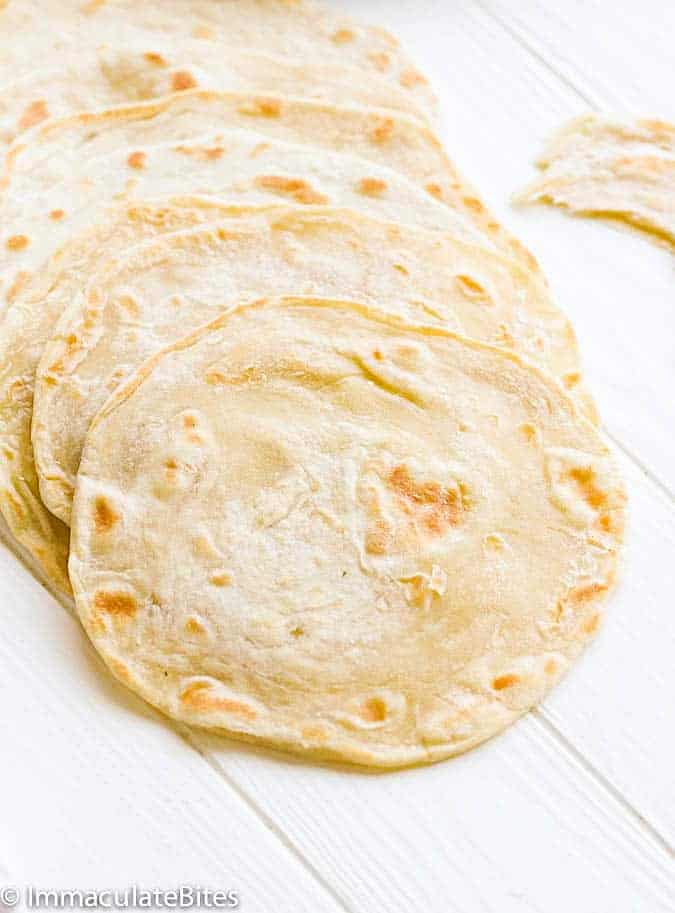
This delightful recipe for chapati is super simple to throw together with just five ingredients and a little patience. Rolling and coiling the dough for a flaky flatbread is so worth the little time it takes. And it’s a must-have side for any East African dish.
I love kneading chapati dough because it’s so relaxing. Plus, it develops the gluten for that satisfying chew we enjoy with flatbreads. Then the coil makes it light and flaky, and brushing the outer layers with oil gives it a delicately crispy edge.
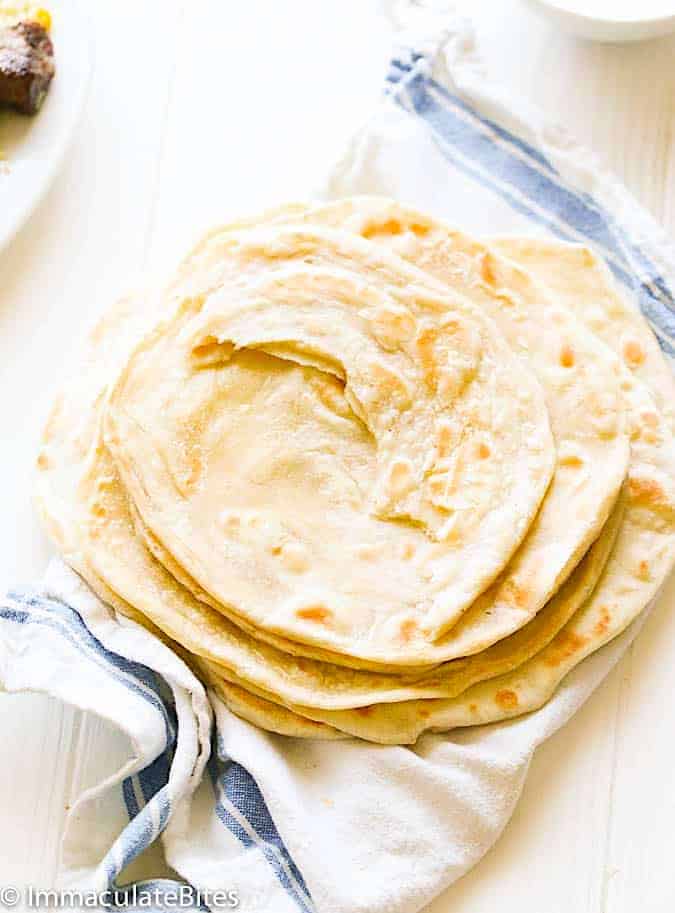
Where Does Chapati Come From?
If you’ve tried East African food, especially from Tanzania, Uganda, Mozambique, Kenya, and Burundi, you are familiar with the unleavened pan-grilled bread—chapati. It’s different from the Indian chapati recipe because it’s coiled and also enjoys the deliciousness of either ghee or oil. Most say it was born in Egypt and has been in the East African culinary heritage for millenniums.😍
Recipe Ingredients
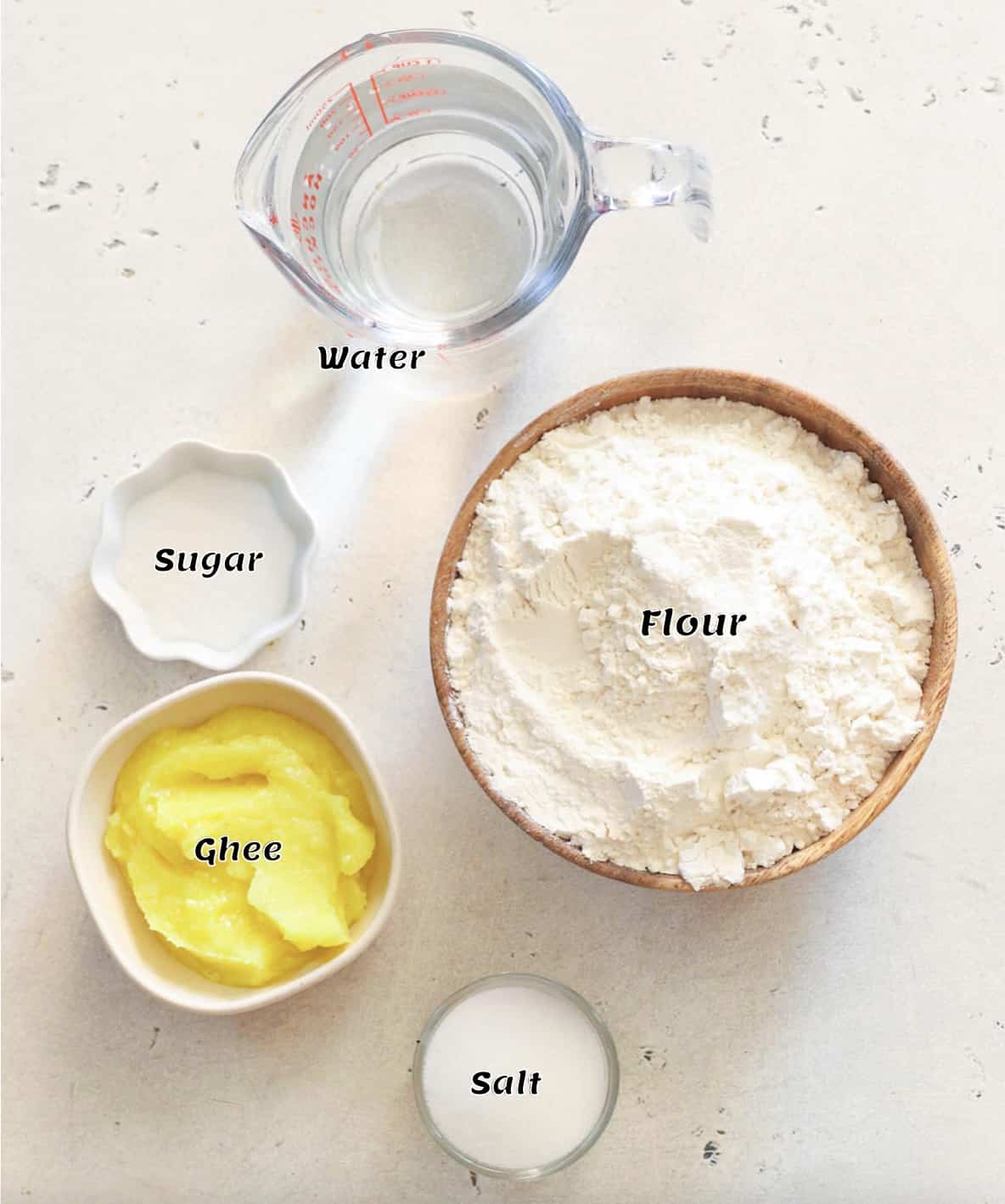
- Flour – For the base of the dough, I prefer all-purpose flour because it’s easier to work with.
- Ghee – For more flavorful and aromatic chapatis, ghee is the best. It also softens the texture and provides a lightly crispy outer layer.
How to Make Chapati
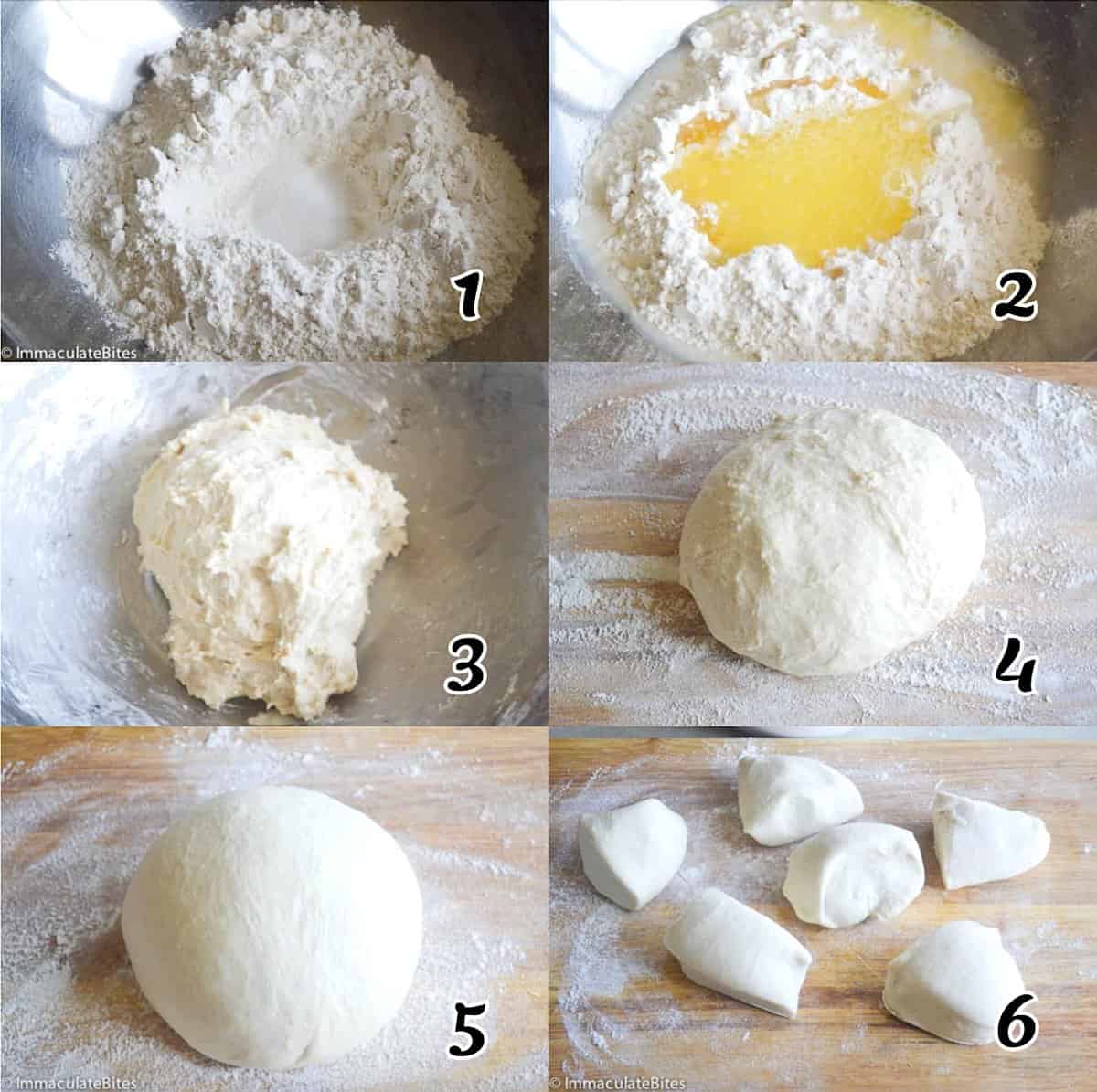
Prep the Dough
- Mix – In a large bowl, add flour and make a well, then add sugar and salt, followed by water, ghee, or oil. (Photos 1-2)
- Knead to form a soft and sticky dough. Place the dough on a heavily floured board and knead for about 8-10 minutes. Continue adding flour as needed while kneading to keep it from sticking. Be careful not to overdo it; your dough should be soft, elastic, and smooth. (Photos 3-5)
- Rest – Divide the dough into 6-8 pieces according to how large or small you want your chapatis, and let it rest. Resting the dough relaxes the gluten, making it easier to work with and producing tender chapati. (Photo 6)
- Roll – Roll out the dough into a circle with a rolling pin. They don’t have to be perfect. (Photo 7)
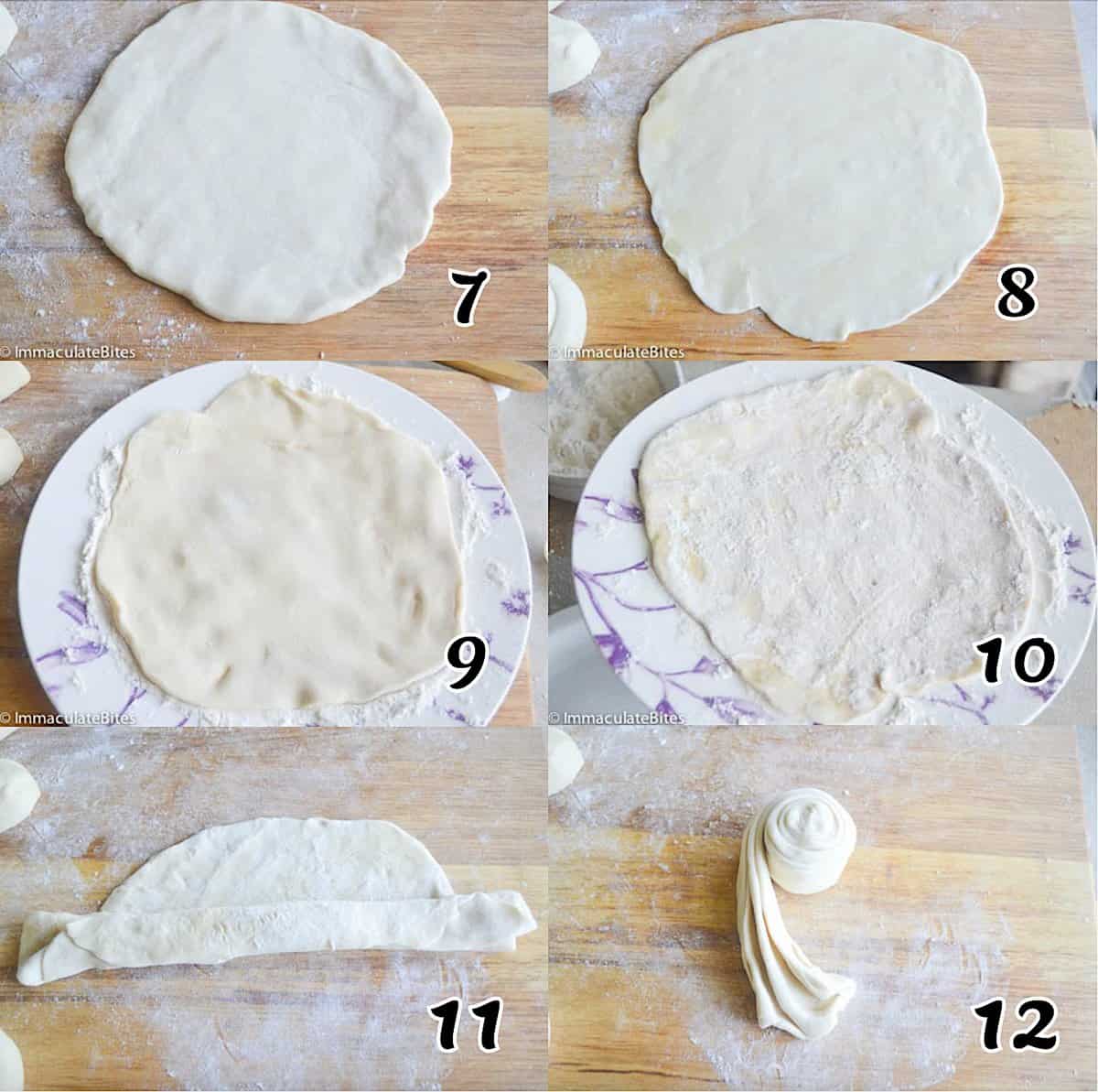
Coil the Chapati
- Layering – At this stage, you may proceed to cook. However, if you want coiled chapatis, continue with the following steps.
- Grease – Lightly oil chapati dough with ghee. Be gentle with the oil. (Photo 8)
- Press – Then place dough on a heavily floured plate and press it down. (Photos 9-10)
- Shake Excess Flour – Turn the dough over and press down – lightly shake off excess flour.
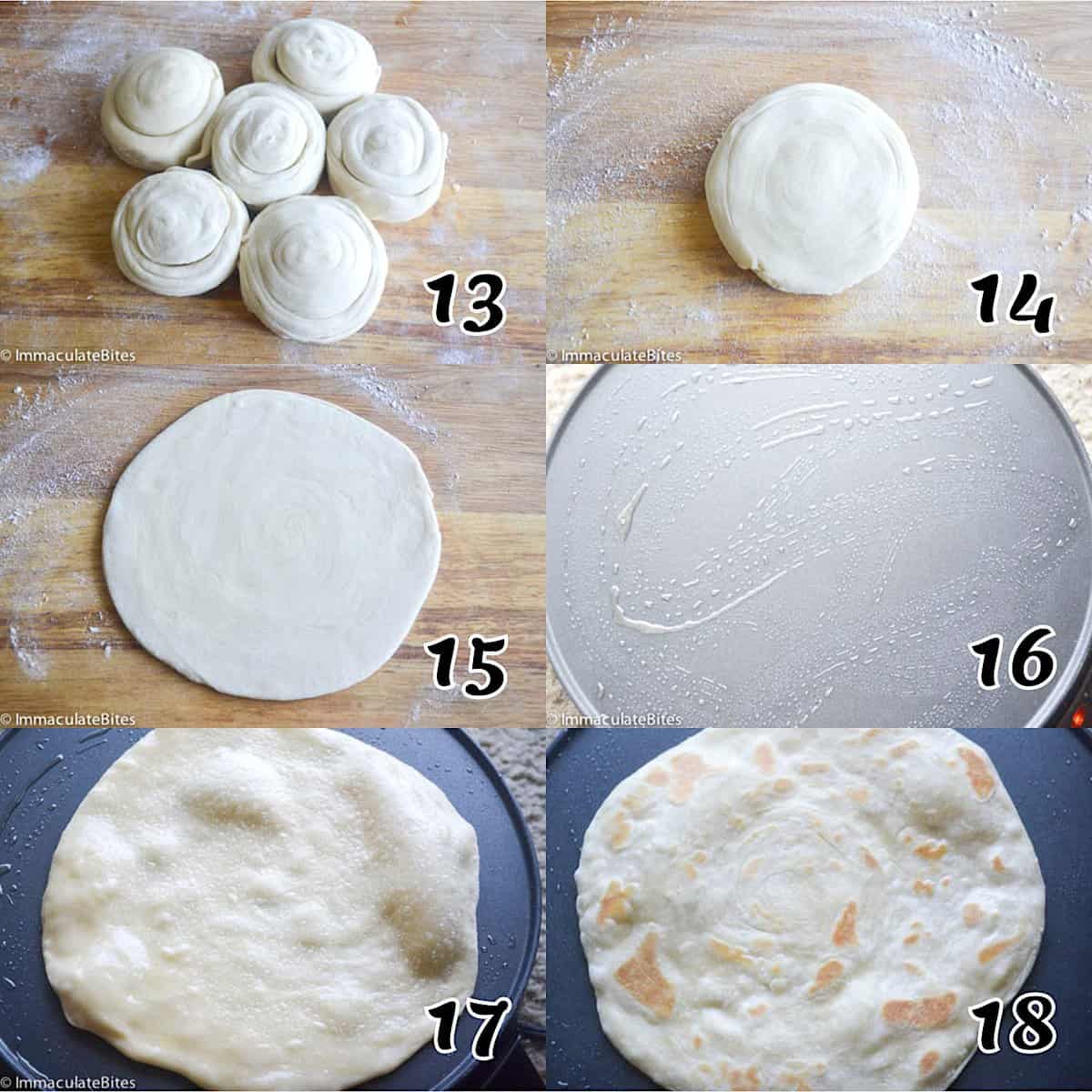
Shape It
- Form – Shape dough like you would shape a paper fan – Starting at one end and all the way to the opposite end. (Photo 11)
- Coil – Then coil it up like in the picture. (Photo 12)
- Rest – When all the dough has been coiled, cover it with a damp cloth and let it rest for 20 minutes. (Photo 13)
- Roll – Gently flatten the coiled dough and roll it out. Begin rolling the dough from the center, working outwards. (Photos 14-15)
- Make a Circle – Rotate the dough each time you roll it so you can make a circle. But don’t roll it out too much because chapatis aren’t meant to be thin—about ¼-inch thick works.
Cook the Chapati
- Oil Pan – Then place the dough on the pan (I used a crepe pan, but a skillet works too). (Photo 16)
- Prep Bread – Heavily oil the other side of the dough, making sure you also get the edges.
- Fry – Cook for 2-3 minutes, rotating as needed until golden brown. (Photos 17-18)
- Serve warm.
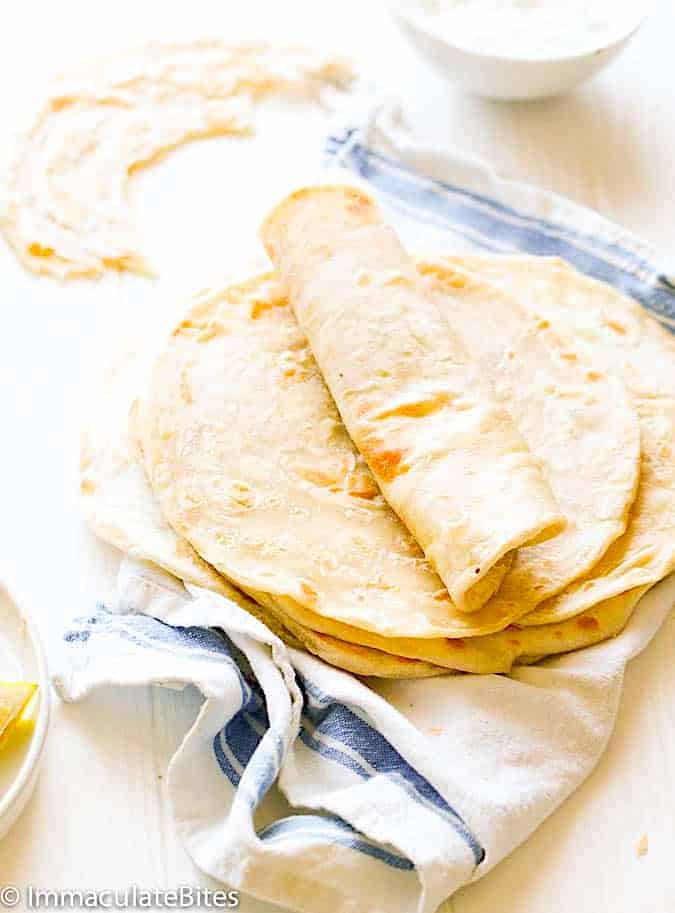
Recipe Variations
- Veggie-Infused – You can add grated veggies, such as carrots, squash, and potatoes, to the dough, like in Kenyan chapatis or vegetable omelets in Uganda.
- Softer Bread – Use a 50/50 water-to-milk ratio to make softer flatbreads.
- Stuffed Chapatis – Aside from veggies, you can add grated cheese and egg while cooking the chapatis.
Tips and Tricks
- The right amount of kneading is crucial because gluten won’t develop well without it, changing the texture. Also, oil makes the chapati soft and prevents it from drying out.
- Lukewarm water creates a smoother, more supple dough, but remember to add it gradually so the dough doesn’t get too wet.
- Resting time is also essential since it makes the dough easier to roll without breaking apart.
- Be careful not to overcook it. A non-stick pan helps prevent the bread from sticking and burning.
Make-Ahead Instructions
You can make the dough ahead, then transfer it to a covered bowl and refrigerate it for 24 hours. Allow it to rest at room temperature for an hour before rolling it into individual chapatis.
Or you can freeze the raw dough or chapatis for three months. Allow the dough to thaw and come at room temperature before cooking.
Serving and Storage Instructions
Chapati is best fresh, but you can keep leftovers in an airtight container or freezer-safe resealable bag. It’ll keep in the fridge for four days. Alternatively, you can freeze it for 3-4 months. Thaw the bread in the refrigerator overnight or on the kitchen countertop for an hour before reheating.
Reheat in a hot skillet for 30 seconds. You could wrap them in a paper towel and zap them in the microwave on medium-low for a few seconds, but the skillet is better. Serve them with your favorite dishes, such as chicken curry and Ethiopian lentil stew.
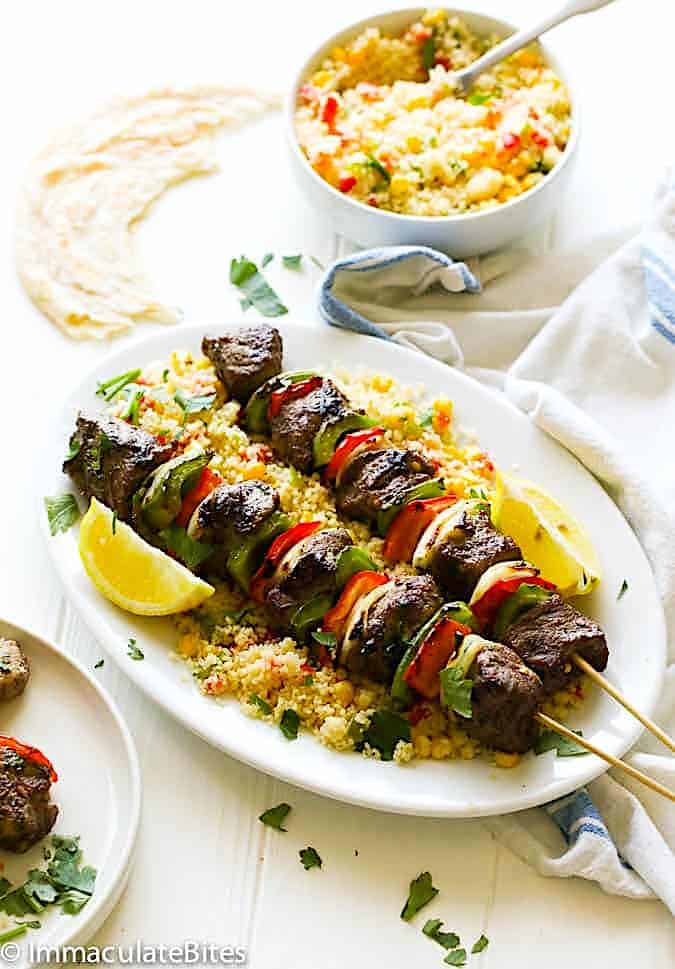
FAQs
Chapati is simply bread. However, English speakers usually use the word chapati because it specifies what kind of bread—fried flat bread, either from East Africa or India.
Both roti and chapati are unleavened bread, but they differ in terms of cooking process and content. When cooking chapati, we oil both sides, while for roti, we only grease one side.
The name suggests that it originated in India. However, it is believed to have arrived in India from East Africa, specifically Egypt. Regardless of where it really came from, it’s delicious.
Mouthwatering Recipes You Can Use With Chapati
Chapati is tasty all by itself, but dip it in the curry chicken sauce or use it instead of a tortilla in a steak burrito for more deliciousness.
- Curry Channa and Aloo
- African Peanut Stew
- Ground Beef Curry
- Jamaican Curry Goat
- Crockpot Beef Tips & Rice
More Comforting Flatbread Recipes to Try
Conclusion
This simple East African chapati recipe is a sure winner because you only need basic ingredients. What are your favorite main dishes to go with flatbread? Let me know in the comments! ❤️
Watch How to Make It
This blog post was originally published in June 2014 and has been updated with additional tips, new photos, and a video.
[adthrive-in-post-video-player video-id=”1m5Y3sEi” upload-date=”2019-04-01T06:51:26.000Z” name=”East African Chapati” description=”East African Chapati- Easy to make chapati that are Flaky, layered and Delicious. Made with a few simple ingredients.”]

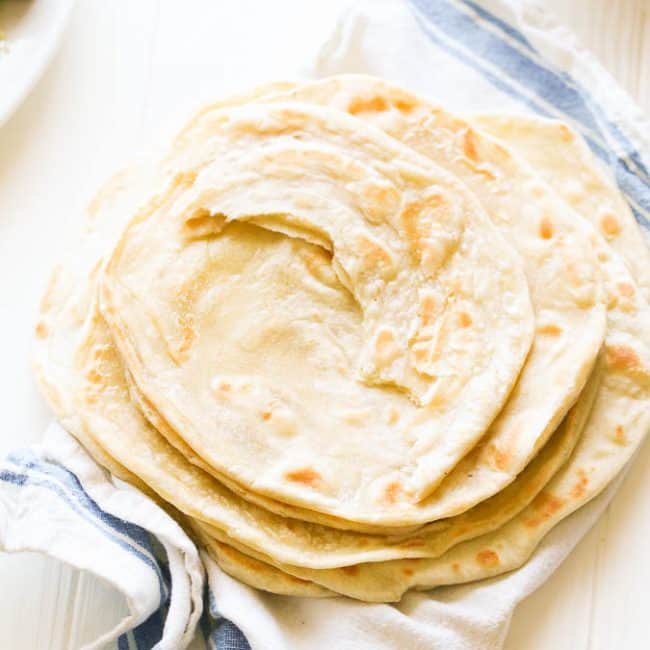

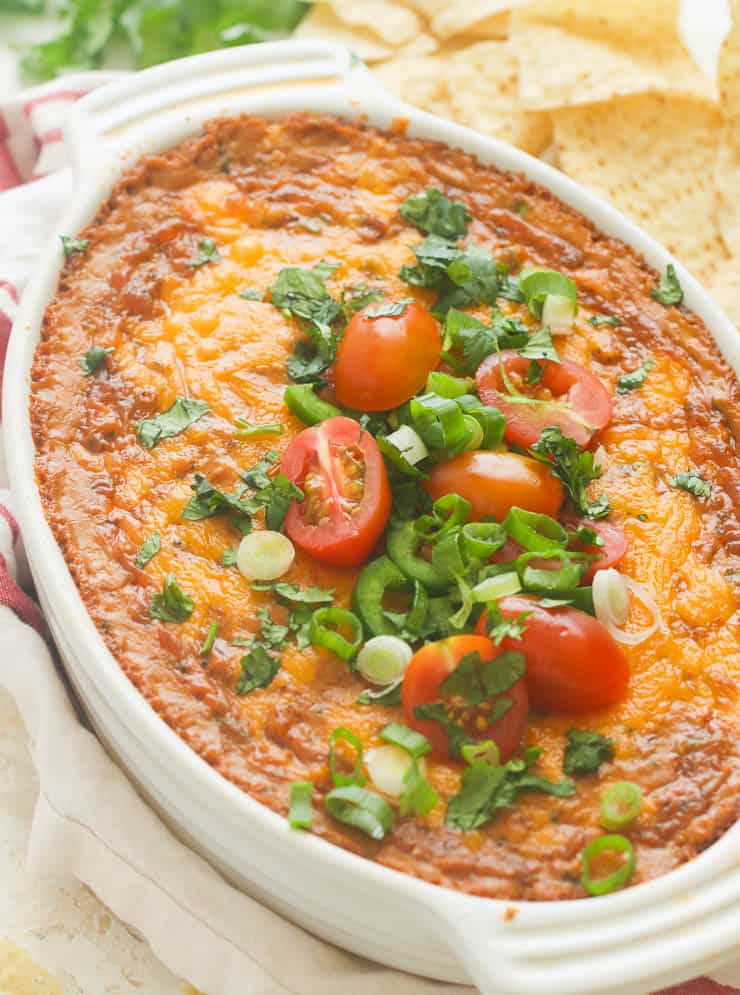
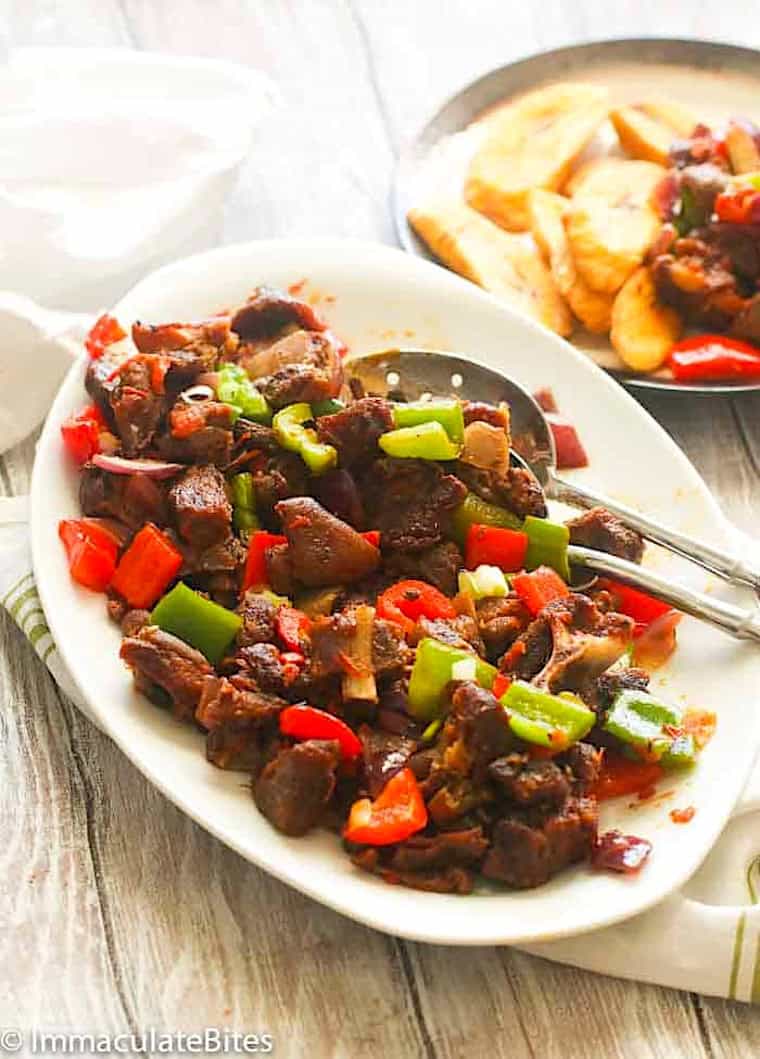



I’m going to try this recipe can I make in advance or does it need to be done as you need them. TIA
Hi Chris. Yes, you can make chapatis in advance. After they have cooled completely, stack them with a layer of parchment or wax paper between each chapati to prevent sticking. Place the stack in an airtight container or a resealable plastic bag and store in the refrigerator for up to a week or freeze for longer storage. When ready to use, reheat in a skillet for about 30 seconds on each side, or until warmed through. You could also reheat in an oven wrapped in foil paper at 350°F (175°C) for about 10 minutes or Wrap them in a damp paper towel and microwave on high for about 30 seconds to 1 minute. Be cautious not to overheat as they can become tough. Hope this helps.